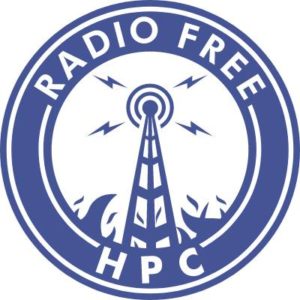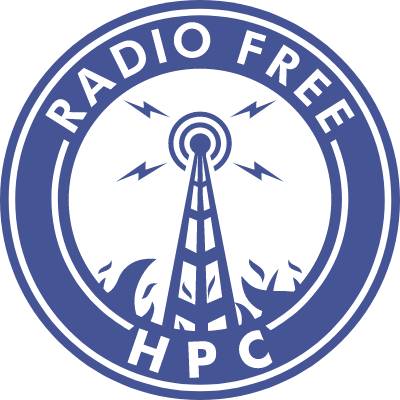 We’re finally starting to cut into our product backlog and, as a first, we’re presenting our special road trip double episode where Jessi and Dan traveled to the House of Henry, buried deeply in Las Cruces, New Mexico. We visit his rammed earth compound and recorded two RFHPC episodes there – and one of them is a video episode!
We’re finally starting to cut into our product backlog and, as a first, we’re presenting our special road trip double episode where Jessi and Dan traveled to the House of Henry, buried deeply in Las Cruces, New Mexico. We visit his rammed earth compound and recorded two RFHPC episodes there – and one of them is a video episode!
In our first installment, Jessi is back! She passed her Marine Officer Candidate course – even though she fractured her femur in the process. So in addition to the rigors of taking the course, she also had to contend with a huge amount of pain. She’s earned even more respect from us – as if we weren’t in awe of her already.
Getting down to HPC, Jessi, Dan and Henry discuss the recently released IBM Power10 processor, kicking around the pros and cons in our usual way. To us, this is another instance of IBM leapfrogging CPU competitors by bringing out a processor that has great specifications and has all the earmarks of a game changer. It’s a 15-core, AI-focused chip that can handle up to 410 GB/s peak memory bandwidth out of the box, with 1TB/s in the near future using their PowerAXON interface.
Multiple systems can be attached together and share memory, which yields a very powerful SMP system with up to 2 PB shared memory. In the intro slides, IBM showed several different memory sharing configurations, including point-to-point connections where every system has a direct connection to every other system, or hub-and-spoke configurations where all systems connect to a set of central servers. The system is memory composable, meaning that in a shared memory cluster, each workload can be assigned memory based on need, not based on the physical memory installed in its home node.
There wasn’t a lot of HPC content in the initial introductory slide set. One slide did show a 5x LINPACK gain and another showed a 3x floating point increase vs. Power9. Solid results, but most of the presentation seemed to discuss enterprise features and performance rather than HPC. All in all, it’s a pretty sporty chip. But will IBM be able to ride this processor into HPC relevance again? That’s the question.
On one of our many tangents, Henry and Dan get into an argument as to whether the Sun E10000 was a SMP system or not. Henry says it was a NUMA system while Dan strongly asserts that it was a SMP system. One of these two guys actually worked at the company and worked with the engineers who built the system; thus he absolutely knows the true answer. Who was that guy? Dan. Case closed.
Catch of the Week
Jessi: She’s back! And brings to our attention that all of her family who were trying to watch her Marine Corps graduation ceremony were inflicted with heinous malware that infected many of their devices.
Henry: Has nothing, empty net due to having house guests (Jessi and Dan). But we did have a discussion of the pig that he’s roasting for dinner tonight.
Dan: Teams are signing up to the Winter Classic Invitational Cluster Competition, but we still want more, so check out www.winterclassicinternational.com
Second Feature: Exploring Henry’s House live and in color!
Join us as we interview Henry about his rammed earth home in sunny Las Cruces, New Mexico. While sitting in his kitchen we talk about the origin of his rammed earth design, what he has hidden under the house (the bunker), and the innovative features contained therein. One of the most interesting parts of the discussion is how Henry, who is always bringing up examples of people being hacked by their online devices, has somewhere around 500 online devices in his new home. Everything from the Kevlar/titanium window shades to his washer/dryer to his music system, etc. etc. Watch the episode to hear his explanation for why he has so many potential hacker access points – it’s a pretty good one.




